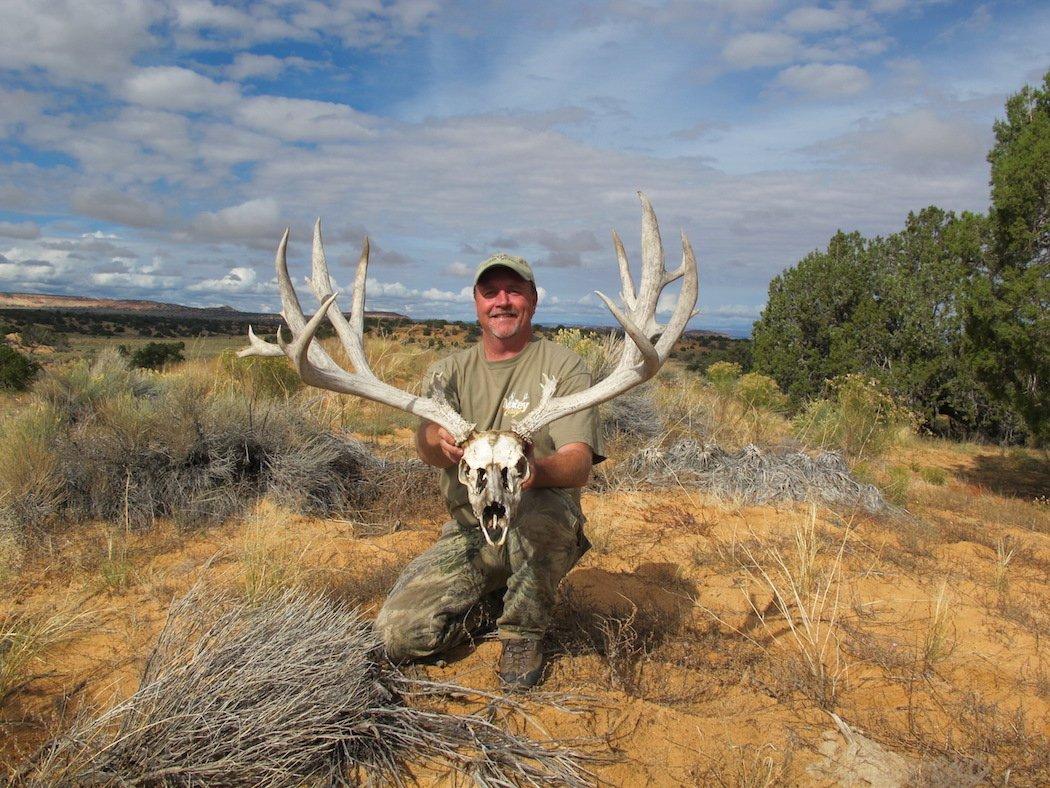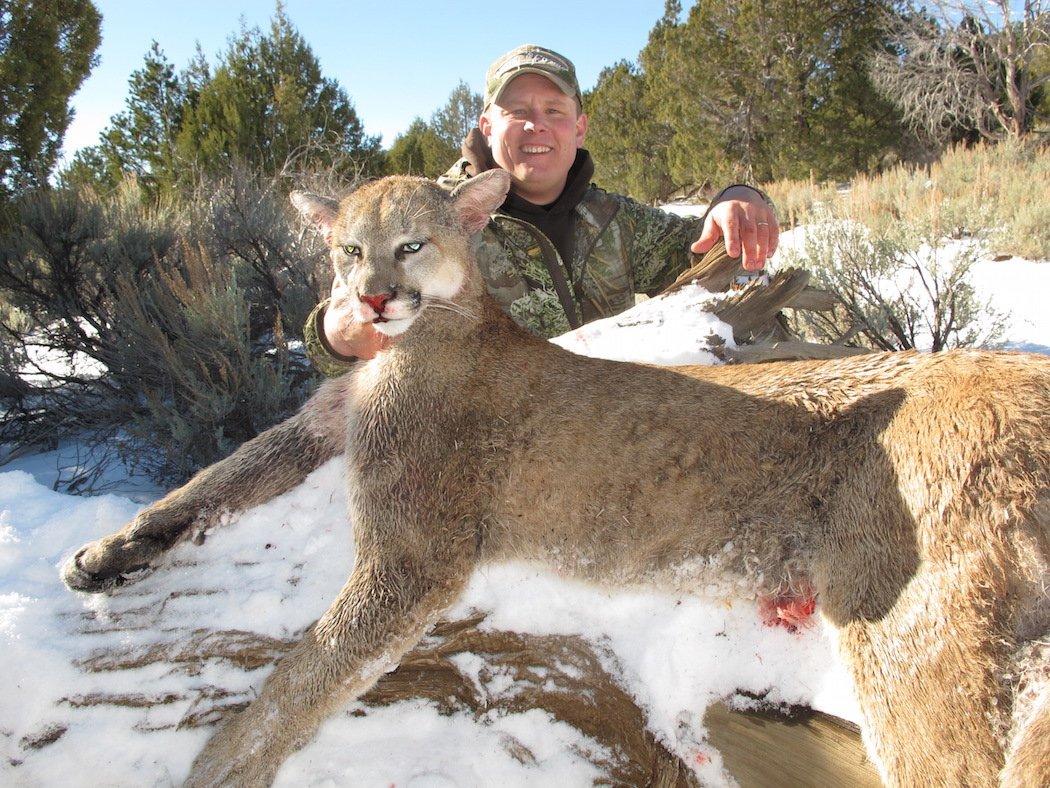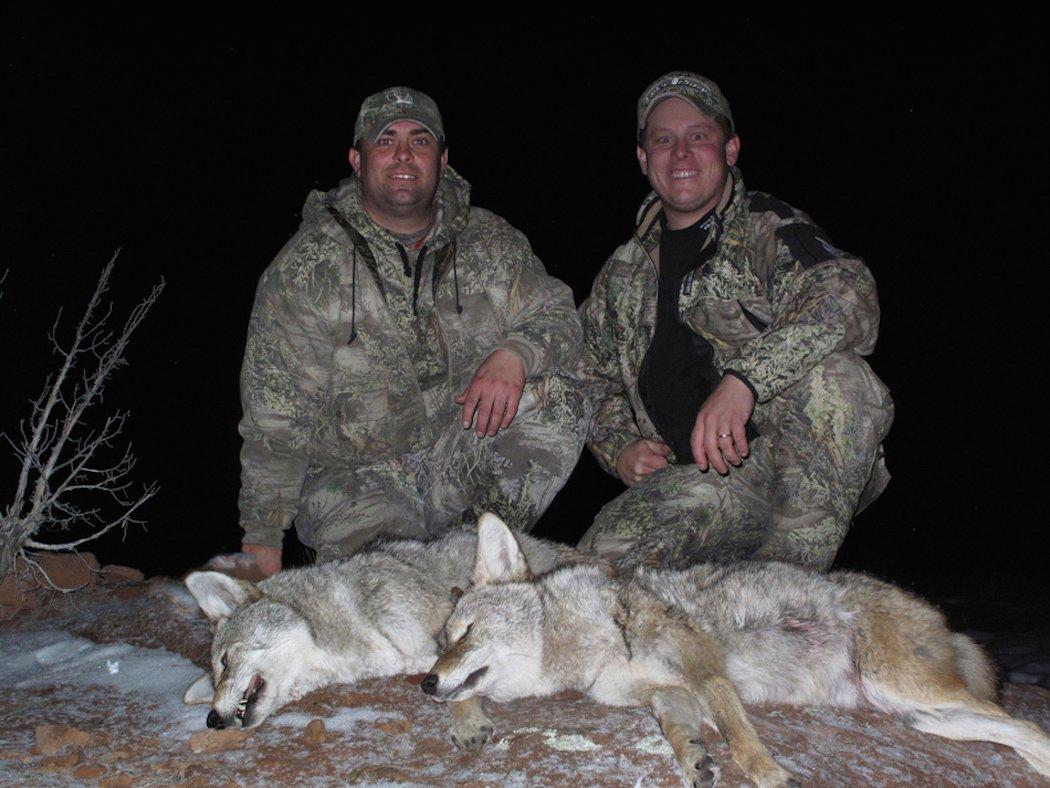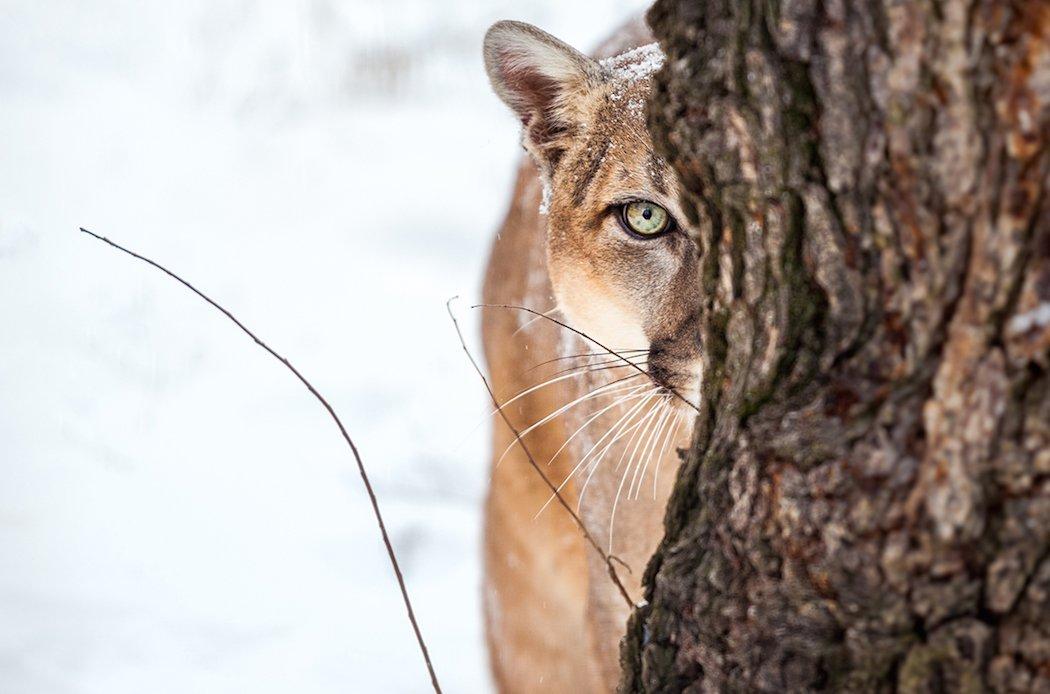The very mention of mule deer conjures up wild, western and romantic images of hunting some of the most untamed and unforgiving terrain this country has to offer. The hallowed grounds of Utah’s Henry Mountains, Colorado’s Gunnison Basin, Wyoming’s Grey and Salt River drainages, Idaho’s Bennett Hills, New Mexico’s Rio Chama, and of course, Arizona’s Kaibab Plateau and Strip regions have all produced some of the biggest bucks to ever walk the earth.
A wild and free atmosphere entails all; the summer months of a mule deer aren’t simply spent gorging on waist-tall grass in a high-mountain basin. Nor do the fall months find bucks rutting does in an endless sea of sage, cedars and bitterbrush. No, in this world of total freedom comes total responsibility; and as old as the sands of time, mule deer have always had to live with the fact that they are a species of prey. While there are many predators working against mule deer, their age-old enemies of the coyote, bobcat, mountain lion and wolf have mule deer on guard from the moment they’re born.
Table of Contents
A Little History
In today’s age, one might think we have a handle on the predator-prey relationship of the mule deer and their many enemies. But nothing could be farther from the truth. In fact, after decades of biological studies across the West, the steps taken in predator management, quite frankly, have done anything but accelerate.
In the 70s and 80s, government trappers and wildlife biologists took their jobs very seriously. That is not to say today’s trappers and biologists don’t take their jobs with the same attitude…but the amount of red tape wasn’t as thick then, and it’s safe to say, the amount of common sense was more prevalent.
One of the Arizona Strip’s most famous government trappers was a man by the name of Edwin Ted Riggs. Ted first went to work as a government trapper in 1945 where he held a career for almost 32 years. Ted reports when he first began trapping northern Arizona, the predators were so bad it took him 5 years before he ever saw a deer. Ted took his job with the utmost of pride and seriousness and was, without question, an expert in predator control. To Ted, it wasn’t rocket science in what needed to be done to help the mule deer populations grow. Whenever we would slack off in controlling coyotes and lions, deer would get down to nothing, he said. But as soon as control was started, we would have large numbers within 5 years.
Fortunately, he worked in a time where 1080 poison was legal and it was used as needed. This allowed Ted to be extremely effective in his predator management of northern Arizona’s most notorious big buck country. Although 1080 was at his disposal, Ted never put poison out in the same areas every year. In fact, he only used it when the coyotes got ahead of his trapping efforts.
In a documented statement Ted made in 1993, he said: Since the government began to discourage trapping and began systematically cutting back on predator control, we have lost nearly all of our deer, and we’re losing our mountain sheep too. Up here [Virgin Mountains] where I used to see 12 or 14 sheep in a bunch, now you can hardly find a track. The last year I trapped, (the winter of 1988 and 89), the lions were so thick and so hungry they were eating nearly everything I caught. They even ate two of their own kind right out of my traps.

Since the start of this management plan in 2004, an overwhelming 46 mountain lions and 1,158 coyotes have been removed from this one, extremely small hunting area. No western state has ever embarked on a mule deer protection project where one hunt unit was selected to remove all mountain lions and all coyotes over an 8-year period resulting in a 65 percent increase in mule deer and a 289 percent increase in hunters’ tags. Predator management works.
Time After Time
For decades, studies have been done all across the West and even into Canada to understand and scientifically prove that mule deer are the staple diet to many large predators. While coyotes are definitely one of mule deer’s major concerns, the mountain lion is, without question, a mule deer’s worse nightmare. But how much do muleys contribute to lion diets? The answer to that is geography. In 2010, a study was conducted in Southwestern Alberta, Canada to determine what the area’s lions were eating. Over the course of a winter, seven lions were darted, fixed with a GPS radio-collars, and set back into the wild. Throughout the summer and fall months of 2010, and on into September of 2011, a team of biologists faithfully, professionally, and accurately tracked the GPS clusters that were left by the lions involved in the study. What they came up with was hard evidence that the area’s mountain lions were indeed more focused on deer than any other prey species available to them. During this study, 159 kills were located. Of those, 72 percent were deer, 9 percent were moose, 4 percent were beaver, and 3 percent were elk. The remaining 12 percent was a mixture of bighorn sheep (2 percent), mountain goat (3 percent), porcupine (3 percent), geese (2 percent), and foxes and coyotes (2 percent).

Rest assured, Canada is not the only place on earth where mountain lions take their toll on mule deer. In a twist of unbelievable fate, in my own backyard of southern Utah, a mountain lion killed not one absolutely giant buck, but two. All within two years and within spitting distance of each other. The area where this occurred is a desolate stretch of country that very few visit on an annual basis. To make matters worse, this country rarely sees snow, making it very difficult to hunt the lions that call the place home. In addition, there is no leg-hold trapping allowed which all cumulates into a recipe for a predator-rich environment.
Contrary to popular belief, lions and coyotes do not single out the young, sick, or afflicted. Truthfully, they instead prey on older age-class, solitary bucks. The unfortunate truth is that it’s easier to sneak up on one set of eyes and ears than a whole herd. This results in the trophy bucks being more on the radar than anything else.
Not a Spectator’s Sport
Aerial gunning, trapping, and hunting are all tactics implemented toward predator control in the West. However, studies are proving that sometimes enough, just isn’t enough. For someone who spends nearly 200 days a year in the field, I can tell you that in my travels, there are excessive predator numbers in nearly all the places I visit. Anti-hunters are constantly pushing our legislators and county officials to lift predator management policies. The state of California is a perfect example. Did you know it’s illegal to even have a mounted lion (taxidermy) in your possession in California? And forget about hunting them. It’s no wonder California’s big game numbers are plummeting and their trophy hunting is nearly non-existent anymore.

Thankfully, there are a few conservation organizations out here in the West that have predator management high on the radar. Sportsmen for Fish and Wildlife, Mule Deer Foundation, Rocky Mountain Elk Foundation, and a variety of trapping organizations, all support the act of predator management. In fact, some hold annual predator contest encouraging others to get out there and do their part. These contests can be a lot of fun and definitely help in smashing some predators annually. It’s these organizations and these events that need our support. After all, the legacy dies with the last generation that gets involved.
Click here for more deer hunting articles and videos.
Check us out on Facebook.












































